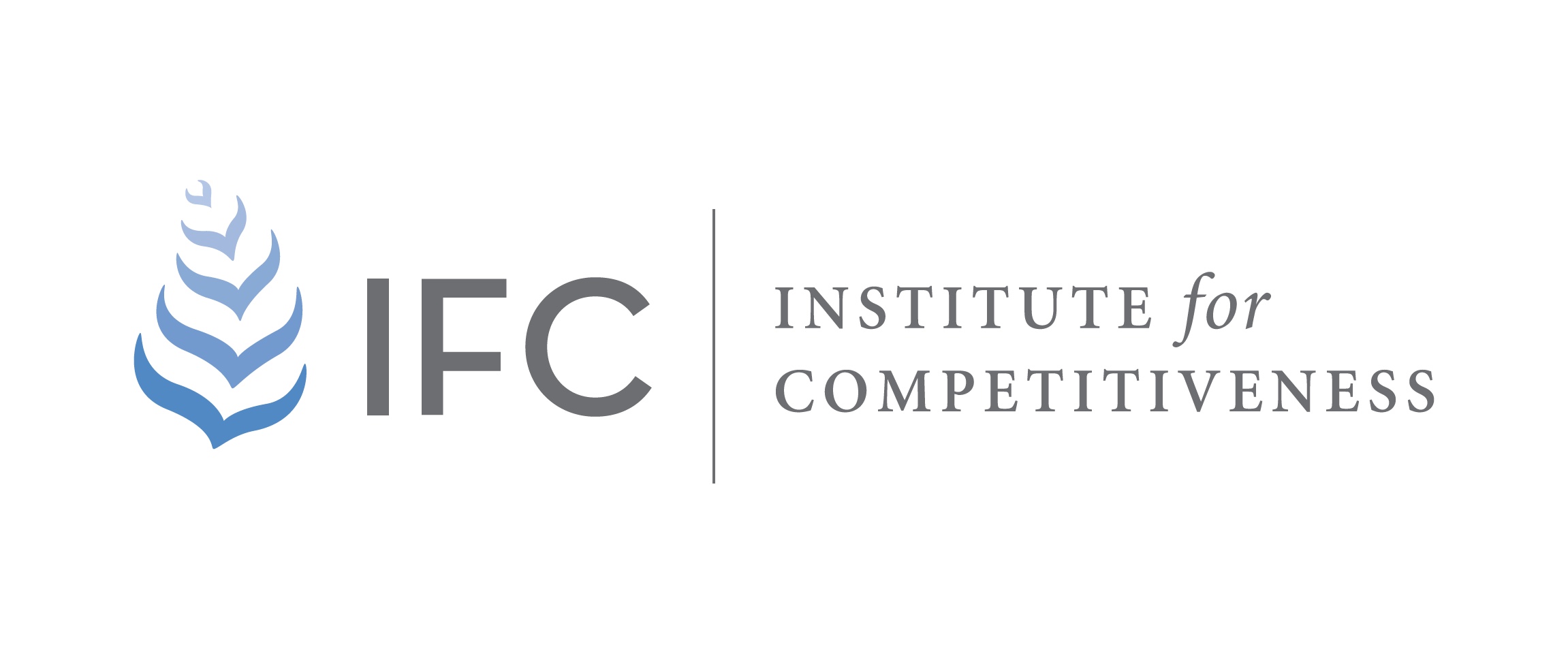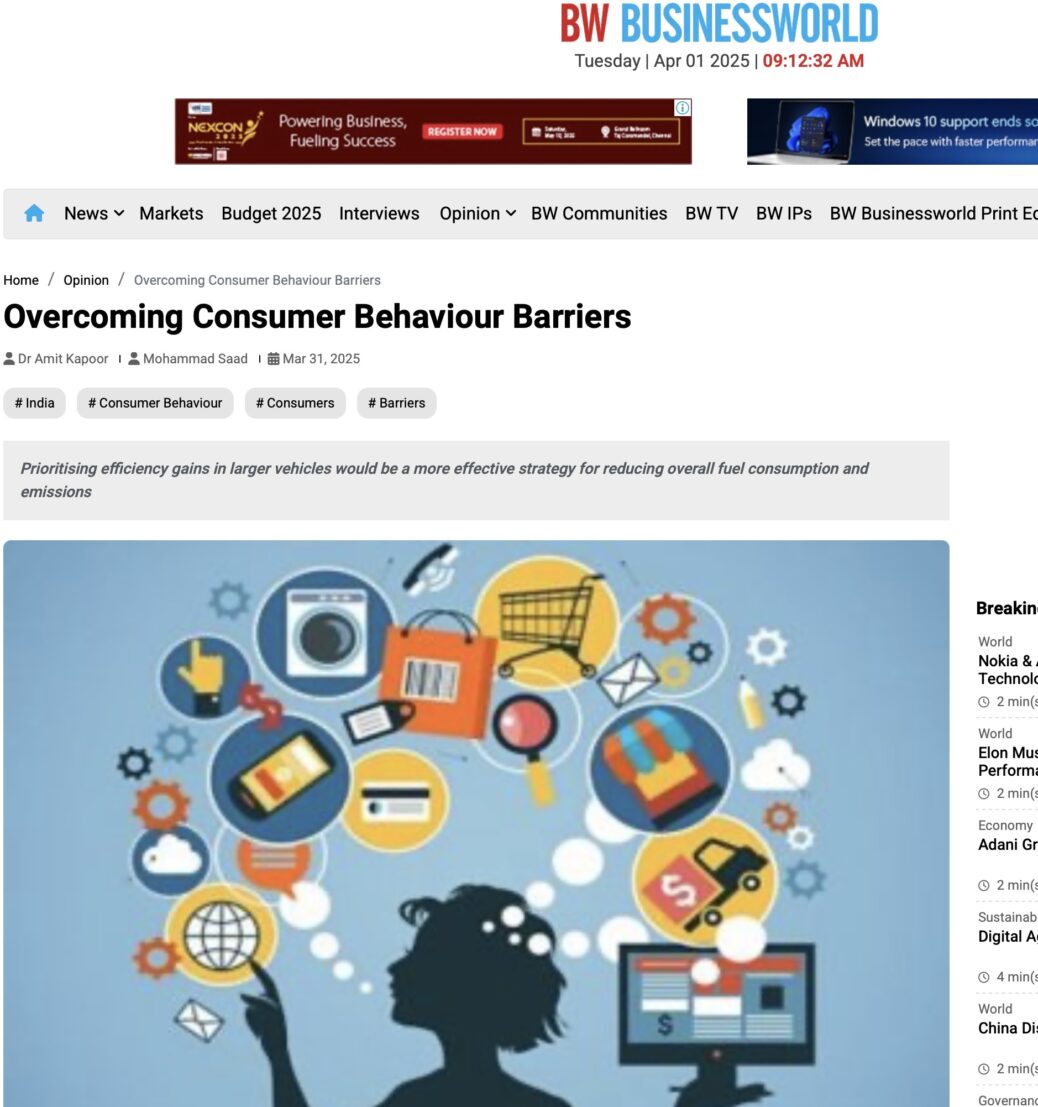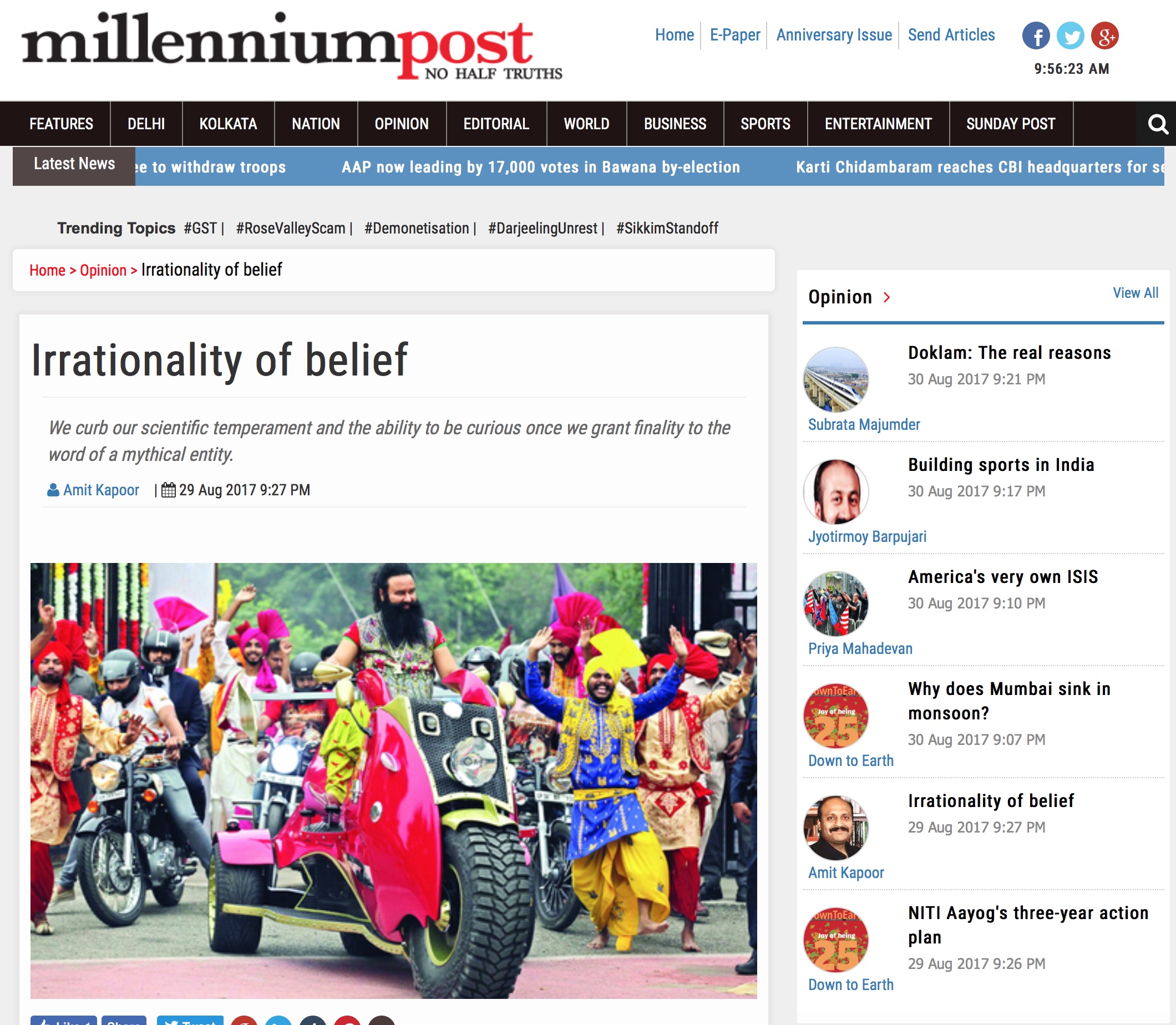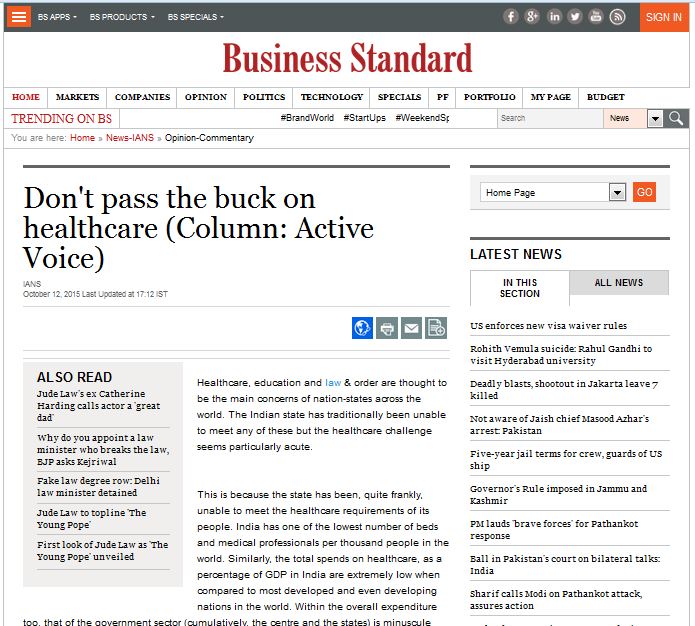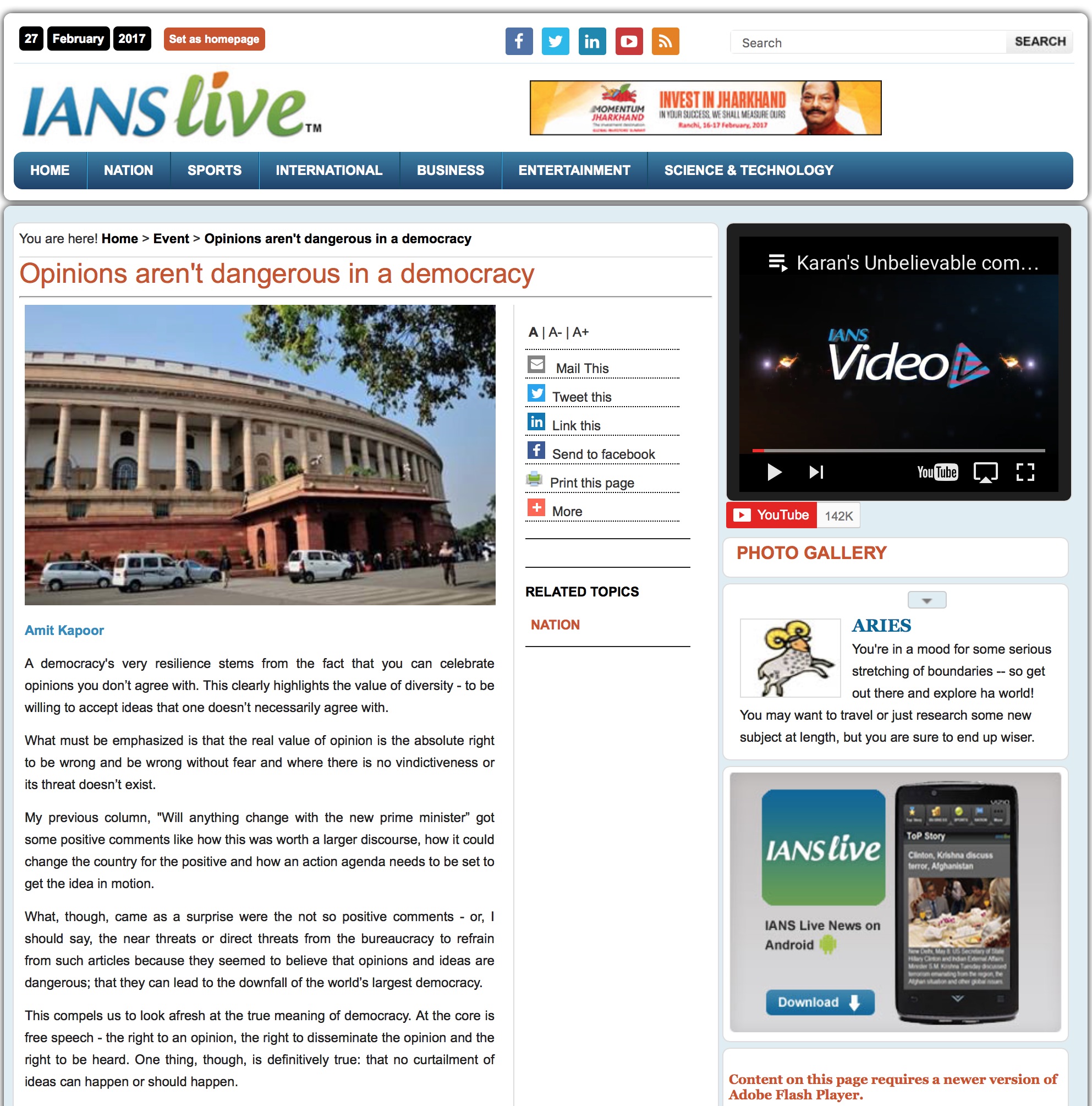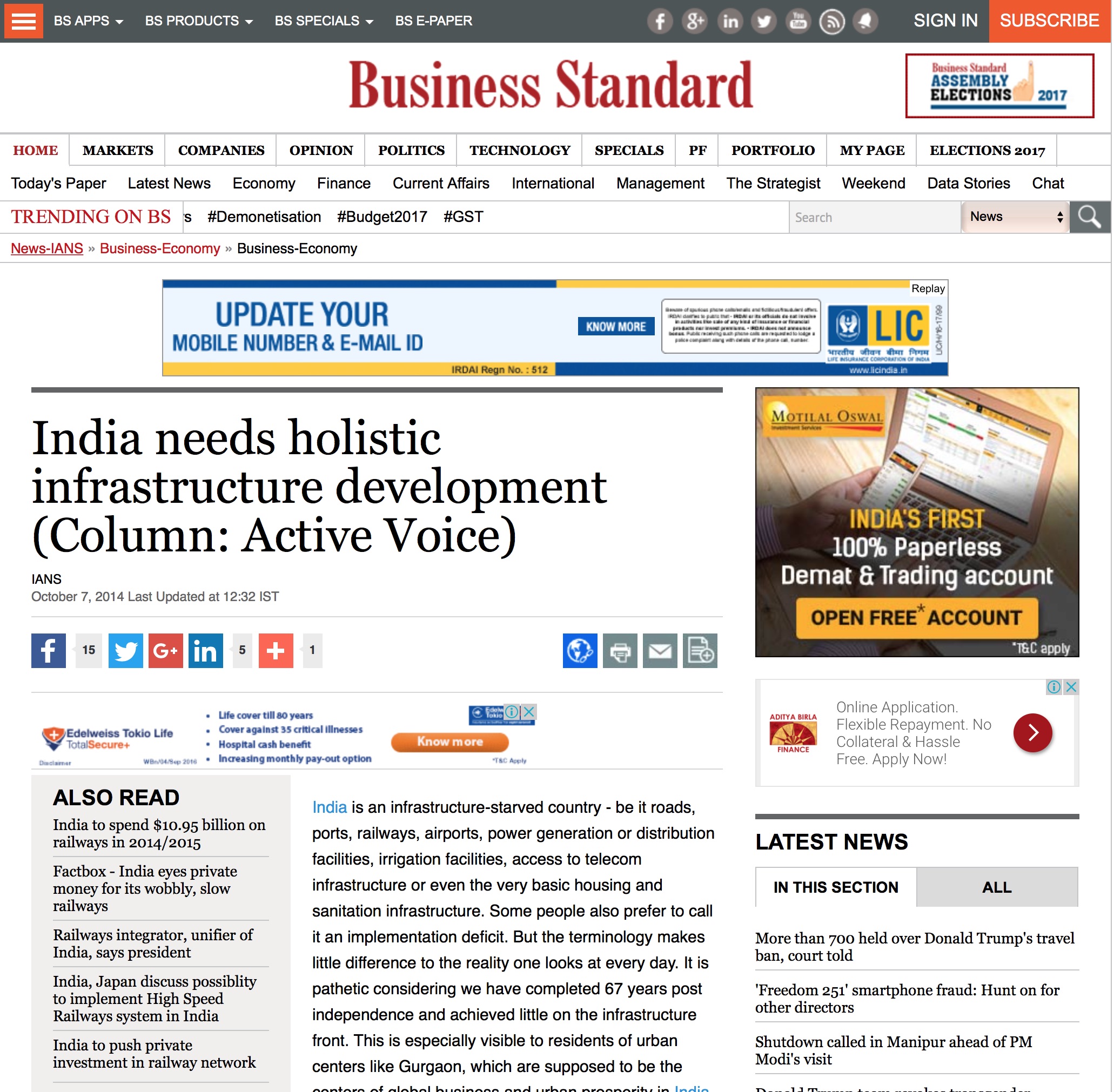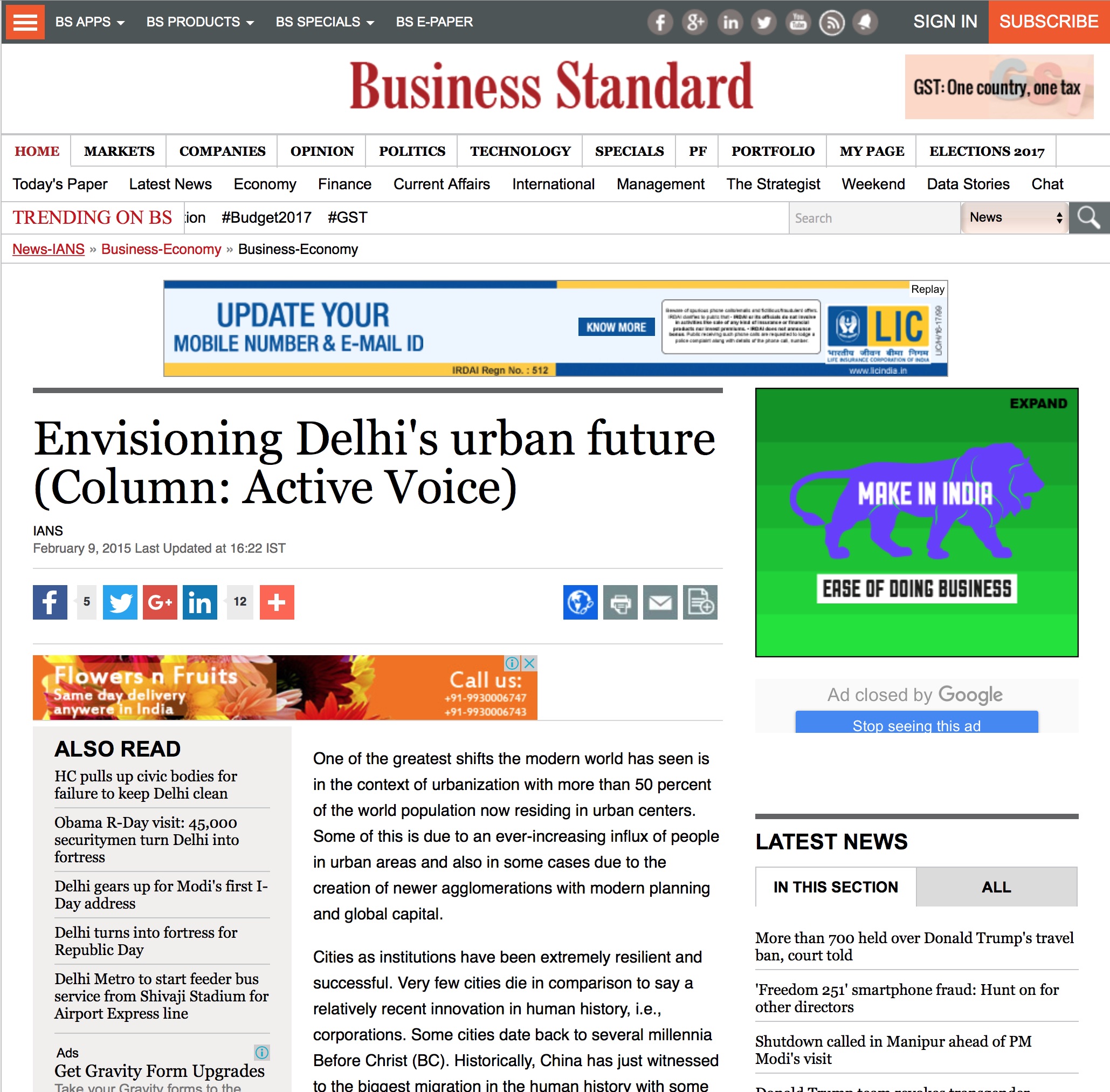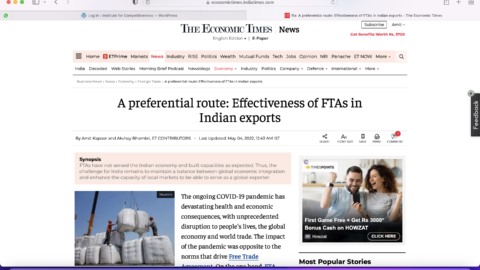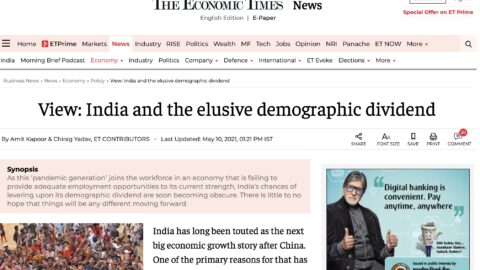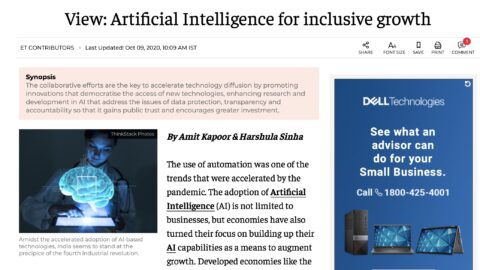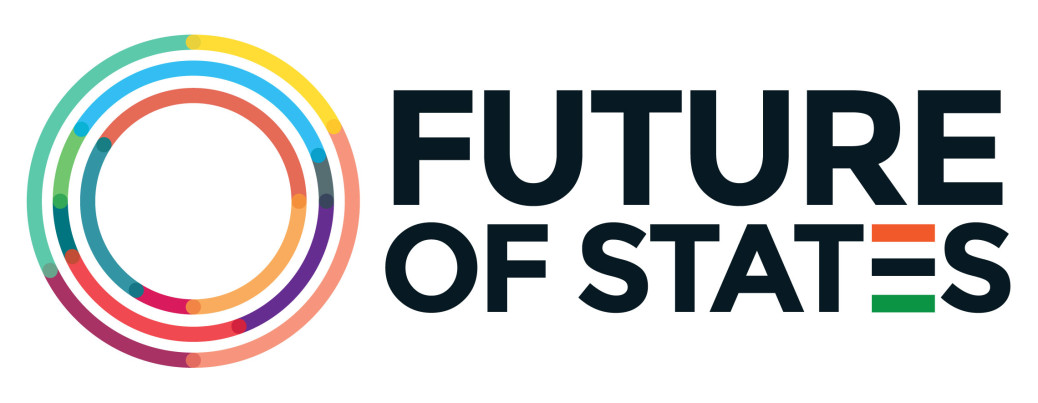By Amit Kapoor and Mohammad Saad
As India moves toward stricter fuel economy standards under the third and fourth phases of Corporate Average Fuel Economy (CAFE) regulations, debates about their economic and environmental impact persist. These regulations are primarily supply-side measures, shaping how automakers design and manufacture vehicles by pushing them to prioritize fuel efficiency over other attributes. While CAFE standards have significant potential to reduce emissions, they have limited influence on consumer behaviour related to fuel consumption. This limitation, combined with the growing preference for heavier vehicles, emphasizes the need for strategies that address these behavioural and market trends; without them, achieving substantial pollution reduction through CAFE standards alone may prove challenging.
The Corporate Average Fuel Economy (CAFE) norms are regulatory measures designed to reduce fuel consumption and carbon emissions by setting minimum efficiency standards for automakers. Introduced in India in 2015, these regulations were intended to curb fuel use and CO₂emissions. The first phase, known as CAFE Stage I (2017-18), introduced weight-based efficiency limits, followed by the stricter Stage II standards in 2022-23. While CAFE regulations have generally been welcomed by environmental advocates for their potential to lower consumer costs, enhance energy security, and promote innovation, they have also faced criticism from automakers and researchers. A common concern raised by economists is regarding the unintended consequences linked to consumer behaviour, particularly the rebound effect and the scrappage effect.
The rebound effect occurs when improved fuel efficiency encourages consumers to drive more, reducing or even negating the expected environmental benefits. While improved fuel economy lowers fuel consumption on a per-kilometre basis, the resulting increase in total distance travelled can offset these gains. For instance, a 2022 study by researchers from KAPSARC and the National University of Singapore found that a 1% improvement in fuel economy leads to a 0.389% increase in annual vehicle kilometres travelled on average across all car types. Drawing on this finding, along with data from JD Power’s 2016-17 IQS report — as per which the average car in India travels about 14,200 km annually — we can calculate that a mere 1% annual improvement in fuel economy would result in average vehicle kilometres rising to roughly 14,478 km after five years. This rise in vehicle kilometres travelled can erode the potential fuel savings and emission reductions that fuel economy regulations aim to achieve, limiting their overall environmental impact.
The scrappage effect presents another challenge. Since stricter fuel economy standards often raise vehicle prices, particularly in price-sensitive segments, consumers may delay purchasing new, more efficient vehicles. Instead, they may continue using older, less efficient models for longer, postponing the environmental benefits that CAFE standards are designed to achieve. This delay can be especially problematic in the short run, as older vehicles tend to have higher emissions and poorer fuel efficiency.
Another growing concern is the significant shift in Indian consumer preferences that has emerged since the 2000s. During that period, hatchbacks like the Alto, Swift, and Santro dominated Indian roads, accounting for over 60% of new vehicle sales. These smaller, lighter, and more fuel-efficient cars were relatively better for the environment compared to heavier vehicles such as Sports Utility Vehicles (SUVs) and Multi-Utility Vehicles (MUVs). In recent years, however, this trend has changed dramatically. Indian buyers have increasingly gravitated toward SUVs, particularly midsize and compact models. The surge in compact SUV sales — vehicles roughly 4 meters in length — has been especially prominent. Their rising popularity can be attributed to their relatively lower prices compared to larger SUVs, offering buyers the perceived luxury and presence of an SUV at a more affordable cost. This shift has been so pronounced that by 2023, SUVs accounted for nearly 50% of new vehicle sales. While smaller cars continue to hold a respectable share, they no longer command the dominant position they once enjoyed. This growing preference for heavier vehicles presents a worrying challenge for environmental sustainability. SUVs are inherently less fuel-efficient than smaller cars and improving their fuel economy is often more complex and costly. Additionally, SUVs are more commonly powered by diesel engines compared to smaller cars, which presents another environmental concern. Diesel fuel produces higher carbon emissions per litre than petrol, further amplifying the environmental impact of the growing preference for SUVs. If consumer preferences for SUVs persist — as they likely will — encouraging buyers to switch back to smaller, more fuel-efficient vehicles will prove increasingly difficult. Naturally, these trends will undermine efforts to reduce fuel consumption and emissions.
Due to these concerns, many economists argue that instead of relying solely on supply-side measures, imposing taxes on fuel consumption — known as Pigouvian taxes — would be a more economically efficient approach, as they directly target fuel use without distorting market demand. However, in a country like India, where fuel prices are already high, introducing additional taxes could place a significant burden on consumers and risk sparking considerable controversy. Instead, the government should focus on awareness campaigns that educate consumers about the risks associated with driving heavier, less fuel-efficient vehicles and their potential impact on public health. Providing subsidies for the purchase of more fuel-efficient vehicles could also be an effective strategy to influence consumer behaviour. In addition, policymakers should require automakers to achieve greater fuel economy improvements in larger vehicles rather than smaller ones. Targeting heavier vehicles is crucial because the smaller car segment in India is already relatively fuel-efficient, leaving limited scope for further improvements. Prioritizing efficiency gains in larger vehicles would be a more effective strategy for reducing overall fuel consumption and emissions.
Ultimately, while measures like CAFE have significant potential to deliver positive environmental benefits, their success also depends on being complemented by demand-side initiatives that encourage consumers to adopt more fuel-efficient vehicles. Without such measures to influence consumer behaviour, the risk of rebound effects undermining the gains from fuel economy regulations will remain substantial.
The article was published with Business World on March 31, 2025.
